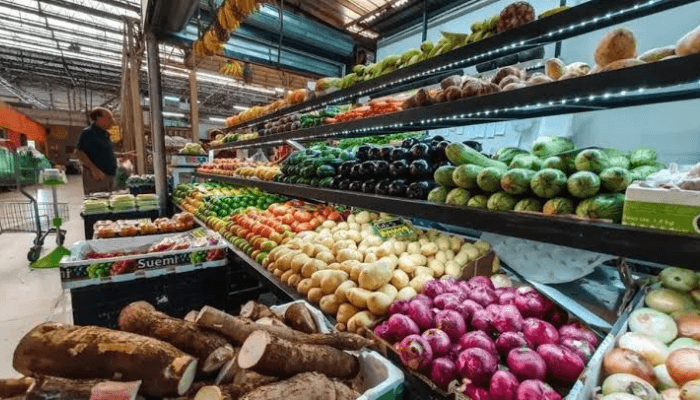Many consumers in Africa spend a disproportionate percentage of their household income on food. One of the biggest reasons is the failure of regional governments to ensure competition in the food sector, which has led to higher prices and made local agriculture less competitive.
LAGOS – In May, global food prices increased 1.2%, reaching their highest level since October 2017. This upward trajectory is having a disproportionate impact in Africa, where the share of household income spent on food is also rising. To ensure food security, governments must work quickly to reverse these trends, and one place to start is by policing the producers who are feeding the frenzy.
According to data compiled by the World Economic Forum, four of the world’s top five countries in terms of food expenditure are in Africa. Nigeria leads the list, with a staggering 56.4% of household income in 2015 spent on food, followed by Kenya (46.7%), Cameroon (45.6%), and Algeria (42.5%). By comparison, consumers in the United States spend the least globally (6.4%), far less than people in emerging economies like Brazil (16%) and India (30%).
One reason for the distortion is the price of food relative to income. As Africa urbanizes, people are buying more imported semi- or fully processed foods, which cost more than locally produced foods. And in most countries, wages have not kept pace with inflation.
But the primary cause is poor public policy: African governments have failed to curb the power of agribusinesses and large food producers, a lack of oversight that has made local agriculture less competitive. In turn, prices for most commodities have risen.
The absence of antitrust laws, combined with weak consumer protection, means that in many countries, only two or three major companies control markets for items like salt, sugar, flour, milk, oil, and tea . The impact is most pronounced in African cities, where prices for white rice, frozen chicken, bread, butter, eggs, and even carbonated soft drinks are at least 24% higher than in other cities around the world. These prices hit consumers both directly and indirectly (owing to pass-through of higher input costs by food conglomerates and service providers).
Click on the source below to read more.
Source: Project Syndicate




